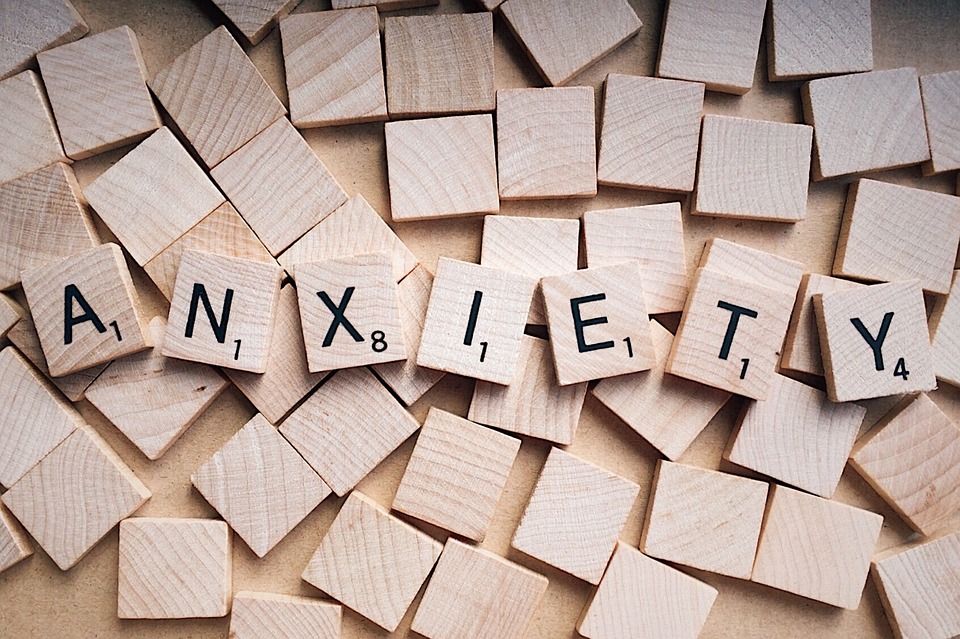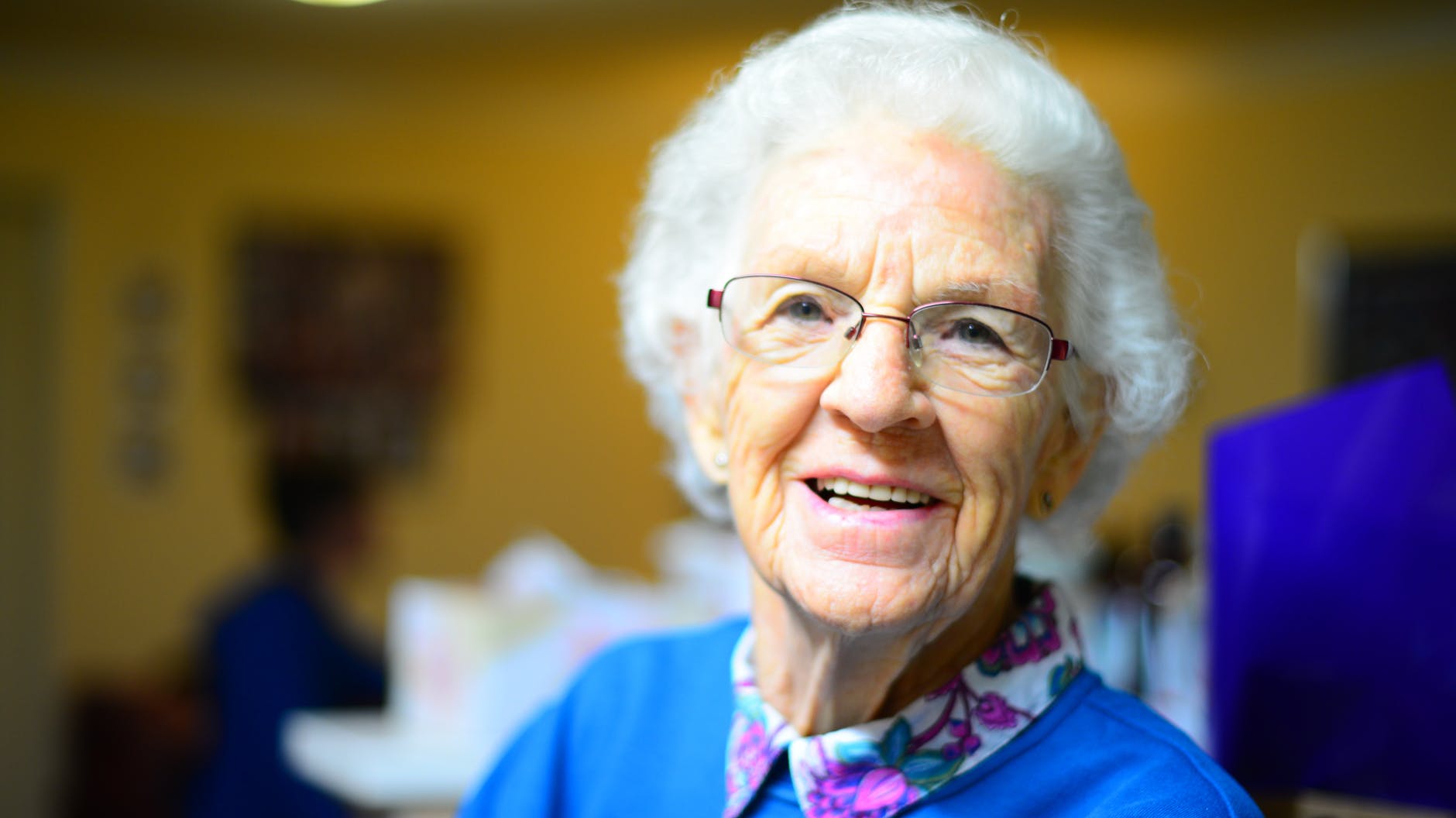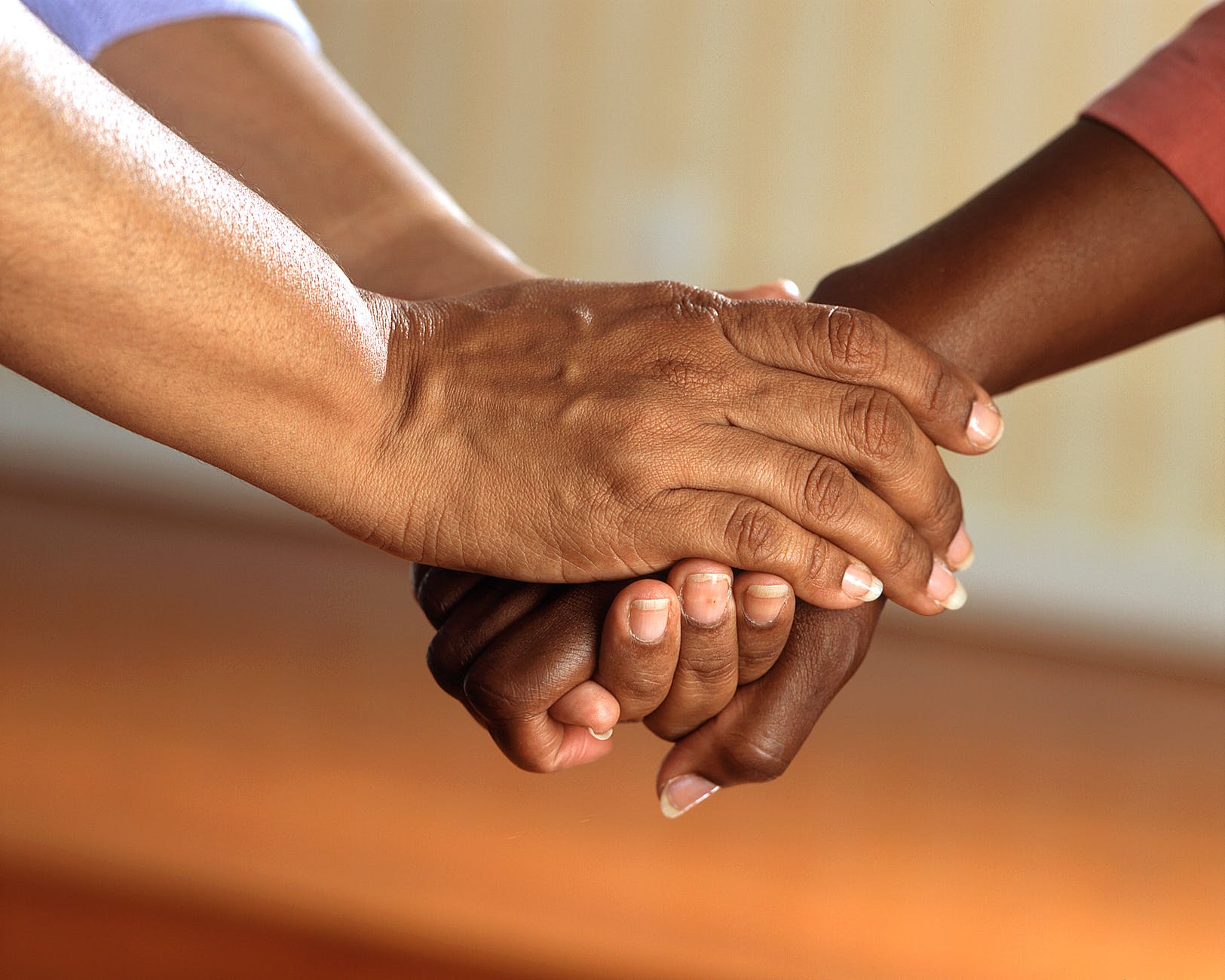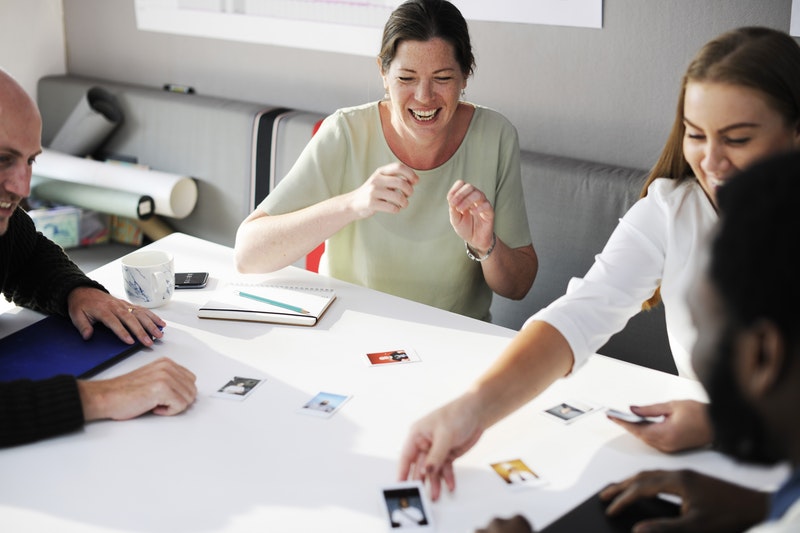Life is filled with challenges of all kinds. All of us encounter a thing or two that troubles us as we get old. Experiencing a trauma is hard at any moment in life, but it hits older adults harder than any other age group. The elderly will feel more grief if they lose someone they love. Other traumas for seniors include moving from their home to a retirement facility, the feeling of loneliness, and various types of stress caused by injuries or disease. What is even worse is that older adults do not cope as well with stress as their younger selves did. Here we are going to talk about how stress and trauma affect elderly adults and how they can handle it with less difficulty.
Seniors and Trauma
Unfortunately these days, the number of seniors exposed to different traumas is much higher than you imagine. According to research conducted by the U.S Department of Veterans Affairs, between 70% and 90% of seniors older than 65 had at least one traumatic event in their lifetime. This number in the female population stands at 72%. Generally, men are more prone to traumas mostly because of increased participation in wars. Also, post-traumatic stress is an issue which affects anything in the future that is even minorly stressful. Furthermore, the process of aging is stressful by itself, because it involves many changes to a senior’s life.

Source: pixabay.com
Old age is accompanied by the loss of loved ones, weakened physical and mental health, and a change in life environment (moving from home to care facility). The change of residence is often called transitional trauma, and it involves symptoms such as anxiety, confusion, and hopelessness. For many elderly adults, leaving their home is an end to life as they know it. After all, most of them had children and raised them under that roof, creating many memories in the process. Switching living spaces is not easy for anyone.
Seniors and Stress
In most cases, older adults deal with stress and trauma the same way they did in their younger days. When people experience stress at any age, the brain releases hormones such as cortisol and adrenalin. When the stress passes, the brain stops the release of these hormones. But as people get older, the brain gets slower to stop this release, and these hormones have an adverse effect on overall well-being. They can even cause issues such as heart disease, high blood pressure, and weakened immune function.

Source: pixabay.com
Strategies to Help
Luckily there are many ways in which older adults can cope with trauma and stress. One of the alternative methods includes practicing mindfulness for healthy living. This method was developed at the University of Southern California, and it is based on meditations. These meditations can be done alone or in a group. By practicing mindfulness, either alone or in a group, older adults can become more social and overcome any trauma. According to various research, meditation is one of the best ways in which an individual can improve its mental health. It is also a recommended treatment when dealing with anxiety and depression.
Other strategies that can also help include:
- Having a positive stance on life. Being positive will impact longevity and overall health.
- Being close and in constant contact with friends and family. Social interaction with loved ones will prevent stress and all diseases associated with it.
- Exercise on a regular basis. Working out is beneficial for both physical and mental health. By exercising, you can slow down the aging process and keep both your body and mind sharper.
In the end, the best thing to do would be to combine all of these. Or to find something that suits your needs and abilities the best.
Featured Image Source: www.pixabay.com
The post Coping Advice for the Elderly in the Wake of Trauma appeared first on Best Homecare Tips.
Source: CareTips




















Recent Comments